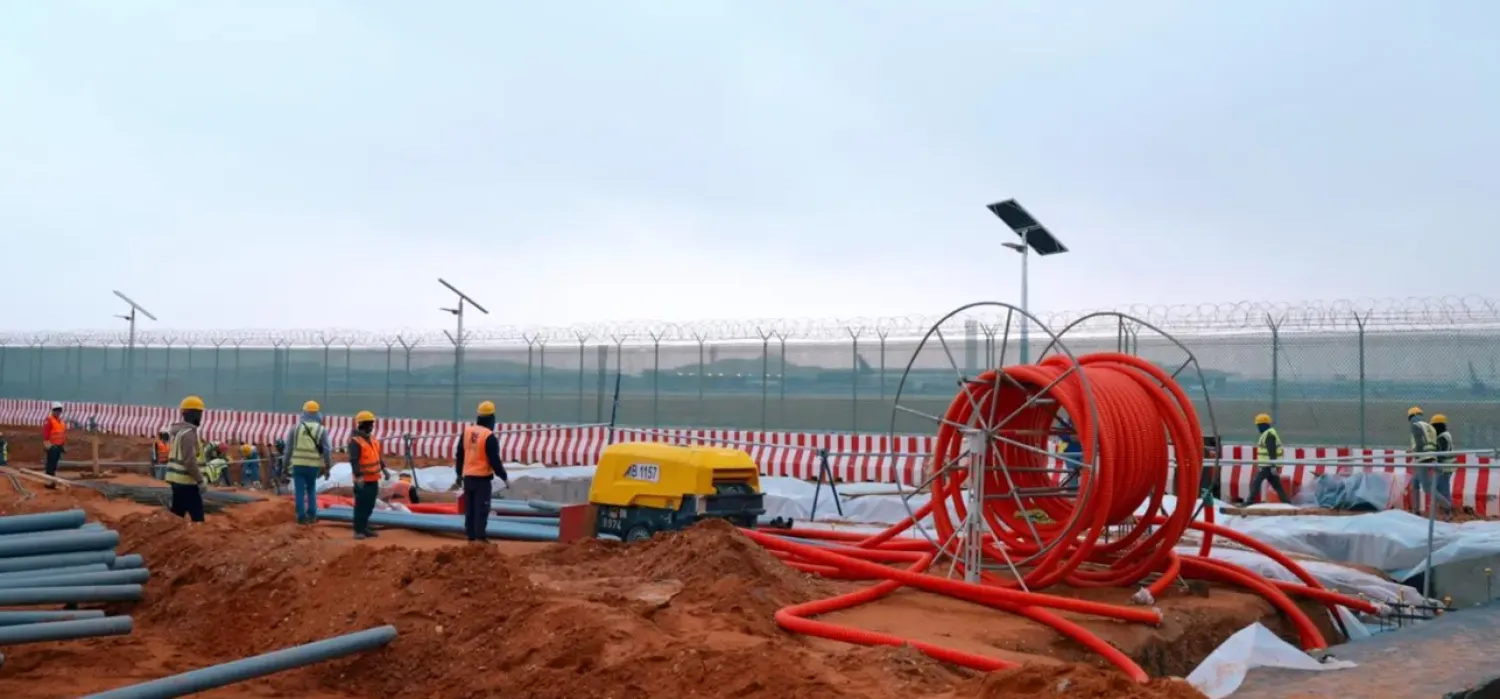Gold prices hit their highest in over two weeks on Friday as Treasury yields and the dollar declined after data showed US economy created fewer jobs than expected in July, boosting hopes of rate cuts by the Federal Reserve this year, Reuters reported.
Spot gold was up 0.8% at $2,464.32 per ounce as of 1320 GMT, just $19 shy of the record peak of $2,483.60 scaled on July 17. US gold futures climbed 1% to $2,506.60.
"The drop in yields along with the reaffirmation that there is a cut in September just makes gold a lot more attractive," said Alex Ebkarian, chief operating officer at Allegiance Gold.
US 10-year yields dropped to their lowest since December and the dollar hit its lowest since March after data showed that employers added fewer jobs in July than economists had forecast, while the unemployment rate increased to 4.3%.
The data follows comments from Fed Chair Jerome Powell who on Wednesday said that rates could be cut as soon as September if the US economy follows its expected path.
Gold has gained 3.2% so far this week, on track for its best week since April, as rising safe-haven demand from Middle East tensions and expectations of rate cuts made the metal more appealing for investors.
Bullion is traditionally considered a hedge against geopolitical and economic risks, and lower interest rates reduce the opportunity cost of holding the asset.
"The marketplace just now is factoring in a better-than-70% chance for a 50-basis-point cut by the Fed at the September FOMC meeting," said Jim Wyckoff, senior market analyst at Kitco Metals in a note.
Elsewhere, spot silver added 1.2% to $28.88 per ounce, platinum rose 1.3% to $971.20 and palladium dropped 0.4% to $901.82. All three metals were headed for weekly gains.









